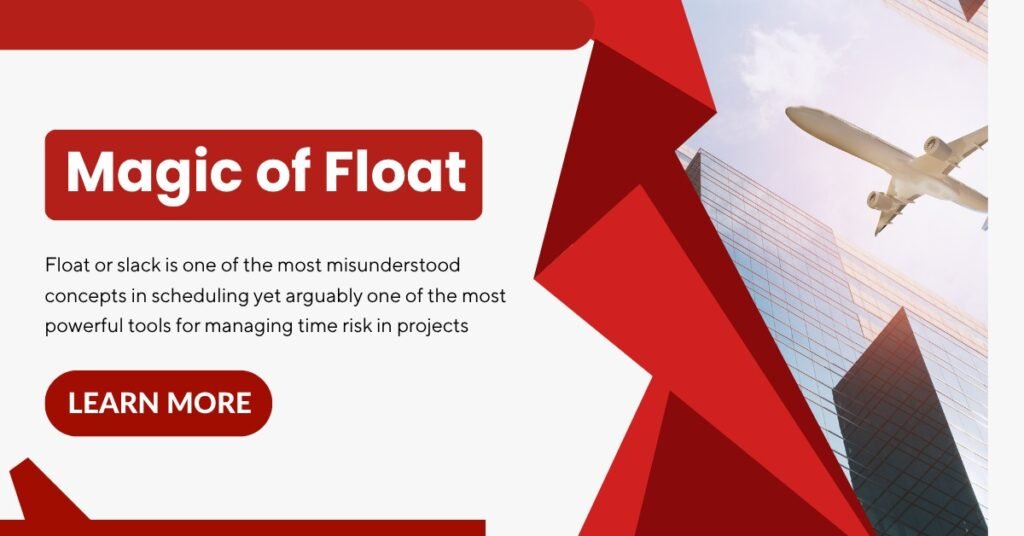Duration estimating is one of the most critical but challenging aspects of project scheduling. Without accurate duration estimates, even the best schedule is unrealistic, setting the project up for failure. Many planners fall into the trap of guessing durations or relying solely on optimistic assumptions. Instead, estimating should be a rigorous scientific process using historical data, productivity rates, and statistical methods.

Four Primary Methods of Duration Estimating:
- Analogous Estimating (Top-Down): Uses data from previous similar projects to estimate duration. This is faster but less precise. For example, if building a similar office block took 180 days, a smaller block might be estimated proportionally.
- Parametric Estimating: Uses mathematical formulas relating quantity to productivity rates.
Example formula: Duration = Quantity ÷ Productivity
If plastering 2000 m² at 100 m²/day, duration = 20 days. This method is data-driven and more accurate. - Three-Point Estimating (PERT): Incorporates uncertainty by using three estimates—Optimistic (O), Most Likely (M), and Pessimistic (P).
Expected Duration = (O + 4M + P) ÷ 6
This statistical approach gives a weighted average reflecting risk. - Expert Judgment: Leverages the experience of skilled professionals who understand real-world constraints, weather impacts, and typical delays.
Additional Tips:
- Always include contingency buffers for uncertain or high-risk activities. Monte Carlo simulations can quantify risk impact on durations.
- Document assumptions and data sources for transparency and future reference.
- Use productivity rates adjusted for site conditions—urban vs rural, weather, labor skill levels.
- Regularly update estimates as more data becomes available during project execution.
Example:
A drywall installation crew installs 50 m² per day under ideal conditions, but factoring in weather, complexity, and crew fatigue reduces productivity to 40 m²/day. For 1000 m², duration = 1000 ÷ 40 = 25 days, not 20 days.In Summary: Duration estimating is a blend of art and science. Applying data-driven methods, incorporating risk, and leveraging expert insights turns guesswork into reliable forecasts that improve schedule credibility and stakeholder confidence
